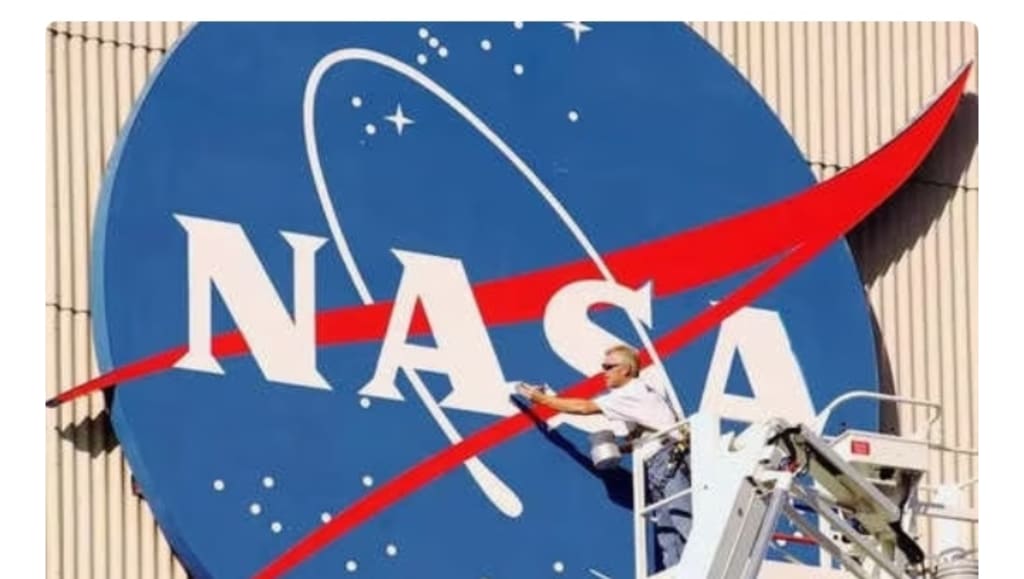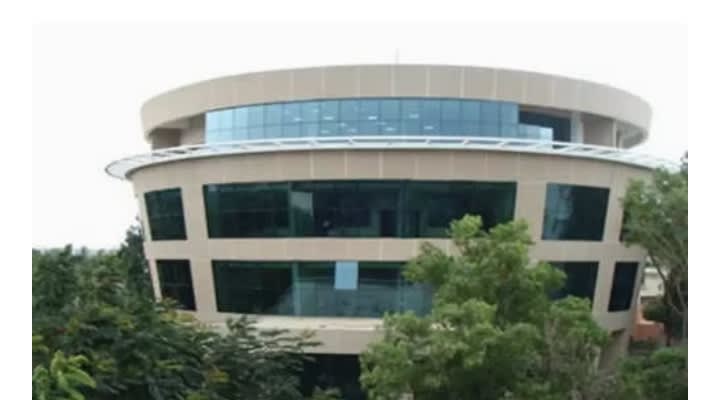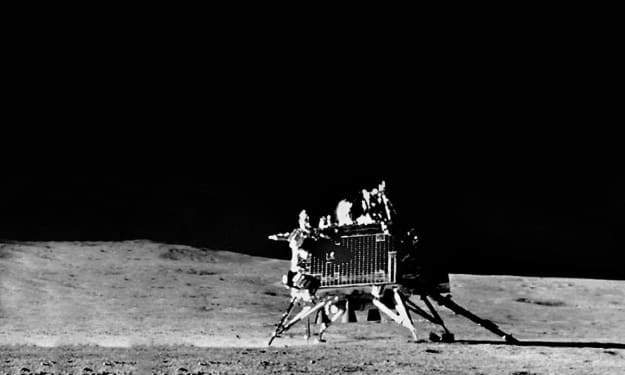Top Space Offices On the planet
From NASA To ISRO

From NASA To ISRO: Top Space Offices On the planet

Space investigation is interesting
Space investigation is one of the most interesting and testing attempts of humankind. It requires logical and mechanical mastery, yet in addition vision, mental fortitude, and participation. Across the globe, a few space offices are committed to propelling our insight and capacities in space. Here are the main 8 space offices on the planet, in view of their accomplishments, missions, and financial plans.
Public Air transportation and Space Organization (NASA)
NASA is the most notable and compelling space organization on the planet. It was laid out in 1958 by the US government, in light of the Soviet Association's send off of the primary fake satellite, Sputnik 1. From that point forward, NASA has been at the front of room investigation, sending people to the moon, sending off automated tests to the planets and then some, fostering the space transport and the Global Space Station (ISS), and supporting various logical and business tries in space. In 2023, NASA effectively sent off the Artemis I mission, the principal coordinated trial of the organization's Space Send off Framework rocket and Orion shuttle, preparing for future human missions to the moon and Mars. NASA likewise sent off the James Webb Space Telescope, the most impressive and complex space observatory at any point assembled, which will uncover disclosures and better symbolism from the cosmos1. NASA intends to move a space rock in mankind's very first planetary safeguard exhibition, utilizing a shuttle called DART (Twofold Space rock Redirection Test) to crash into a little moonlet of a double space rock framework.
China Public Space Organization (CNSA)
CNSA is the space organization of Individuals' Republic of China, answerable for the nation's space program. It was established in 1993, however its foundations can be followed back to the 1950s, when China started creating long range rockets and rockets. CNSA has accomplished exceptional accomplishments in space, like sending off the main Chinese space explorer, Yang Liwei, in 2003, sending lunar orbiters and landers, remembering the primary delicate arriving for the most distant side of the moon in 2019, and sending off the principal module of the Chinese space station, Tianhe, in 2021. In 2021, CNSA effectively handled a wanderer, Zhurong, on Mars, turning into the second country after the US to accomplish this feat3. In 2022, CNSA additionally finished the development of the Chinese space station, Tiangong, by sending off the last two modules, Wentian and Mengtian, and docking them with Tianhe. In 2023, CNSA sent off the Chang'e 6 mission, the principal test return mission from the lunar south pole.
European Space Office (ESA)
ESA is an intergovernmental association that arranges the space exercises of 22 European nations. It was laid out in 1975, because of the consolidation of two past associations, the European Space Exploration Association (ESRO) and the European Launcher Advancement Association (ELDO). ESA's primary goals are to encourage logical and mechanical turn of events, advance participation and coordination among European nations, and guarantee Europe's free admittance to space. ESA has sent off numerous effective missions, for example, the Ariane group of rockets, the Huygens test that arrived on Saturn's moon Titan, the Rosetta mission that circled and arrived on a comet, and the Gaia satellite that is planning the Smooth Way. In 2022, ESA sent off the BepiColombo mission, a joint venture with JAXA, to investigate Mercury, the least investigated earthly planet in the planetary group. In 2023, ESA sent off the JUICE mission, the primary huge class mission in ESA's Astronomical Vision program, to investigate Jupiter and its frosty moons, Europa, Ganymede, and Callisto. In 2024, ESA sent off the Sun based Orbiter mission, a joint venture with NASA, to concentrate on the Sun and its heliosphere. ESA
Indian Space Exploration Association (ISRO)
ISRO is the space organization of India, laid out in 1969 by the Indian government. Its vision is to saddle space innovation for public turn of events and advantage humankind. ISRO has taken huge steps in space investigation, like sending off the main Indian satellite, Aryabhata, in 1975, sending the principal Indian space explorer, Rakesh Sharma, in 1984, sending off the Polar Satellite Send off Vehicle (PSLV) and the Geosynchronous Satellite Send off Vehicle (GSLV) rockets, sending lunar and Martian orbiters, Chandrayaan-1 and Mangalyaan, separately, and sending off in excess of 100 satellites in a solitary mission, PSLV-C37, in 2017. In 2021, ISRO effectively sent off the Gaganyaan mission, the primary ran orbital space apparatus of India, conveying four Indian space travelers to low Earth circle for seven days. In 2022, ISRO additionally sent off the Aditya-L1 mission, the primary Indian mission to concentrate on the Sun. 2023 was enormously fruitful as ISRO sent off the Chandrayaan-3 mission, the third lunar investigation mission of India, which effectively handled a meanderer on the moon's south pole.
Japan Aviation Investigation Office (JAXA)
JAXA is the space office of Japan, shaped in 2003 by the consolidation of three past associations, the Establishment of Room and Astronautical Science (ISAS), the Public Aviation Research facility of Japan (NAL), and the Public Space Improvement Organization of Japan (NASDA). JAXA's central goal is to add to the headway of society, science, and innovation, as well concerning the harmony and thriving of mankind, through the investigation and usage of room. JAXA has sent off numerous prominent missions, for example, the H-II and Epsilon rockets, the Hayabusa and Hayabusa2 missions that returned tests from space rocks, the Akatsuki mission that circled Venus, and the Kibo module that is important for the ISS. In 2021, JAXA sent off the Hayabusa2 Expanded Mission, which will visit two additional space rocks, 2001 CC21 and 1998 KY26, and return to Earth in 2031. In 2022, JAXA likewise sent off the Martian Moons Investigation (MMX) mission, which will circle and arrive on Phobos, one of the two moons of Mars, and carry back an example to Earth in 2029. JAXA sent off the Thin mission in 2023, the primary exhibit of pinpoint landing innovation on the moon.
Russian Government Space Office (Roscosmos)
Roscosmos is the space organization of the Russian Alliance, laid out in 1992 after the disintegration of the Soviet Association. It is the replacement of the Soviet space program, which was quick to send off a satellite, Sputnik 1, in 1957, and a human, Yuri Gagarin, in 1961, into space. Roscosmos has proceeded with the tradition of the Soviet space program, by sending off the Soyuz and Proton rockets, working the Mir space station, and taking part in the ISS program. Roscosmos likewise has a rich history of lunar and planetary investigation, like the Luna, Venera, and Mars missions. Roscosmos sent off the Nauka module in 2021, the biggest expansion to the Russian portion of the ISS, which likewise conveyed the European Automated Arm. In 2022, Roscosmos likewise sent off the Luna-25 mission, the primary Russian lunar lander beginning around 1976, which will concentrate on the lunar south pole, and in 2023, Roscosmos sent off the Spektr-RG mission, a joint venture with Germany, which will direct an all-sky study of X-beam sources.
Canadian Space Organization (CSA)
CSA is the space organization of Canada, established in 1989 by the Canadian government. Its order is to advance the serene use and improvement of room, to propel the information on space through science, and to guarantee that space science and innovation give social and monetary advantages to Canadians. CSA has added to numerous parts of room investigation, like the Canadarm, Canadarm2, and Dextre automated arms that are utilized on the space transport and the ISS, the RADARSAT series of Earth perception satellites, and the OSIRIS-REx mission that is concentrating on a space rock. CSA additionally upholds the preparation and advancement of Canadian space travelers, like Chris Hadfield, Julie Payette, and David Holy person Jacques, who have traveled to space and served on the ISS. 2021 saw the send off of the NEOSSat-2 mission, the main Canadian satellite committed to following close Earth objects, like space rocks and space flotsam and jetsam. In 2022, CSA sent off the RADARSAT Heavenly body Mission (RCM), a threesome of satellites that will give high-goal radar symbolism of Earth for different applications, like fiasco the board, ecological checking, and oceanic reconnaissance. In 2023, CSA sent off the OSIRIS-REx 2 mission, a development to the first OSIRIS-REx mission that returned an example from space rock Bennu, which will visit another space rock, 1999 RQ36, and gather more examples.
Italian Space Office (ASI)
ASI is the space organization of Italy, laid out in 1988 by the Italian government. Its central goal is to organize and advance the logical and mechanical improvement of the Italian space area, and to cultivate global participation and combination in space. ASI has taken part in many space missions, for example, the Vega and Ariane rockets, the COSMO-SkyMed group of stars of radar satellites, the LISA Pathfinder mission that tried advances for identifying gravitational waves, and the JUICE mission that will investigate Jupiter and its moons. ASI additionally upholds the exercises of Italian space travelers, like Samantha Cristoforetti, Luca Parmitano, and Paolo Nespoli, who have traveled to space and served on the ISS. ASI sent off the CHEOPS mission in 2021, a joint undertaking with ESA, which will concentrate on the qualities of exoplanets, like their size, mass, and environment. ASI likewise sent off the PRISMA mission the next year, an Earth perception satellite that will give hyperspectral pictures of the planet's surface, vegetation, and water. In 2023, ASI sent off the SHUKRAYAAN-1 mission, the main Indian-Italian mission to Venus, which will concentrate in the world's environment, surface, and subsurface.





Comments (2)
NICE BROTHER
GOOD